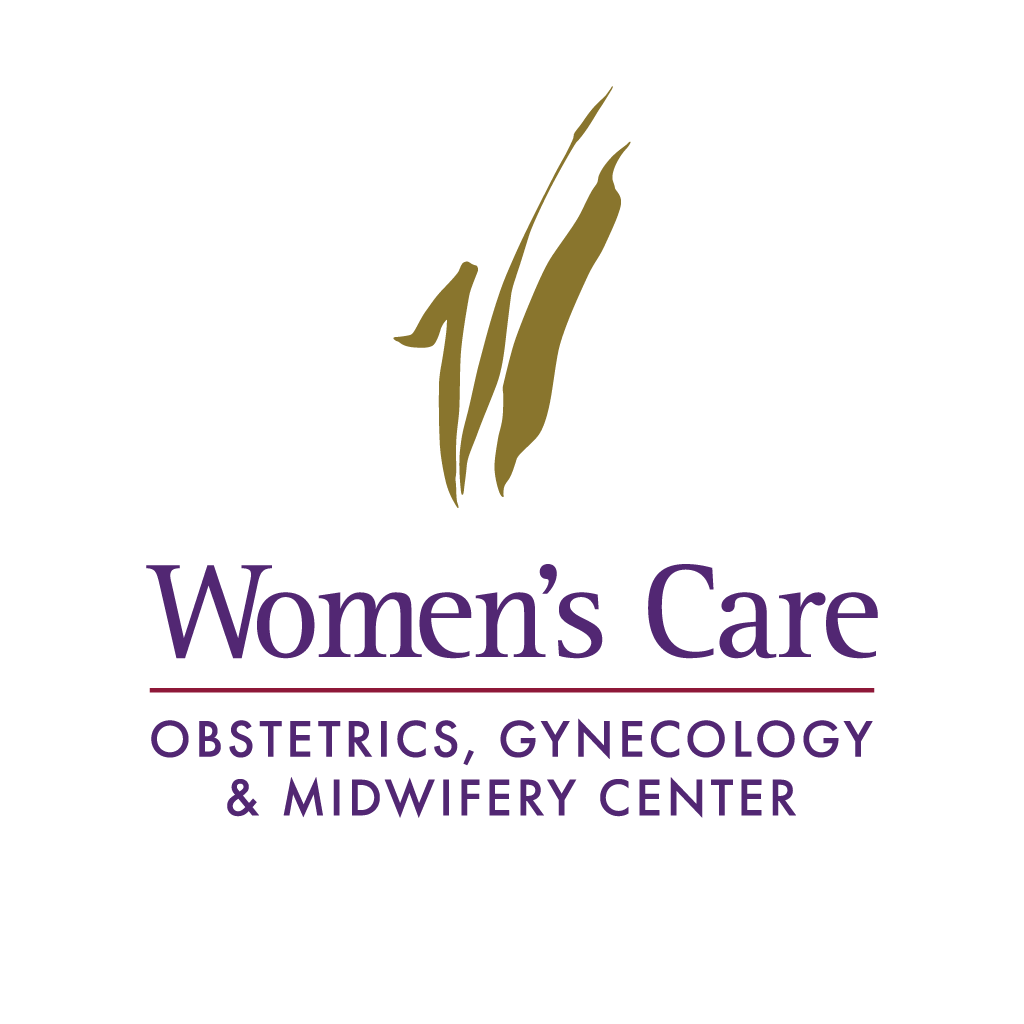In Vitro Fertilization Makes Giant Strides in Three Decades
In October, British biologist Robert Edwards was awarded the Nobel Prize in Physiology or Medicine. The award was made for his collaboration with the late gynecologist Patrick Steptoe that led to development of in vitro fertilization (IVF), the procedure that allows scientists to fertilize a human egg outside a woman’s womb. That process resulted in the birth of Louise Brown, the first so-called test tube baby, in 1978.
Before Louise Brown’s birth, IVF was completely unimaginable. And today, just 32 years later, it’s become so routine that it’s considered a mainstream medical procedure. In fact, an estimated 4 million babies worldwide have been born as a result of IVF.
According to Doug Austin, MD, a reproductive endocrinologist and medical director of the Fertility Center of Oregon, IVF has made giant strides in just three decades. He notes that when it was initially developed, IVF had a success rate of just 1% to 2% per cycle. Today that rate is closer to 60%.
Dr. Austin also notes that at its inception, IVF was intended for women with damaged fallopian tubes. “Today, IVF works for just about anything that’s an obstacle to conception, including ovulatory factors, male factors, age related issues and genetic abnormalities,” he notes. “It’s phenomenal how far we’ve come.”
The Fertility Center of Oregon serves residents of southern and central Oregon with comprehensive fertility services including IVF, egg donation IVF, reproductive endocrinology, ovulation induction, artifi cial insemination, tubal microsurgical repair, treatment of male infertility, sperm cryopreservation, and surgical evaluation and treatment for men and women.
Dr. Austin notes that nearly 400 babies have been born as a result of the reproductive services provided at the Fertility Center of Oregon.
Among the Fertility Center of Oregon IVF success stories is 21-month-old Sydney Therrell. Her parents, Sophie and Ryan Therrell, consulted with the Fertility Center of Oregon after five years of unsuccessfully trying to achieve pregnancy. After a year of treatments, including fertility drugs, the Therrells decided to try IVF. “At that point I was 34, and I thought, ‘I just need to do this.’ Something in my heart said that if I had an embryo in my uterus, I’d get pregnant,” Sophie recalls. “Dr. Austin agreed, and was so amazingly encouraging and easygoing.”
Dr. Austin retrieved 17 of Sophie’s eggs; nine were successfully fertilized. Four embryos were transferred into Sophie’s uterus, and one resulted in their adorable and healthy daughter, Sydney.
When Sydney turned 15 months, her parents decided to try for a second child. Two of their embryos that had been frozen at the Fertility Center were transferred to Sophie’s uterus. As a result, the Therrells are expecting their second child early in the new year. “We’re thrilled,” says Sophie.
“This has been a very positive experience,” Sophie Therrell says. “We look back and feel like, although it wasn’t something we necessarily wanted to do, it’s been no big deal. The whole staff at the Fertility Center is incredible. Even though it’s a hard thing to do, they’re so positive and encouraging they make it seem easy.”
Dr. Austin gives credit to the pioneers of IVF. “Thanks to the efforts of Robert Edwards and Patrick Steptoe, human reproductive science has gone from exploration and experimentation to a precise and successful science,” he says. “Essentially, there is no reproductive challenge that can’t be overcome.”
